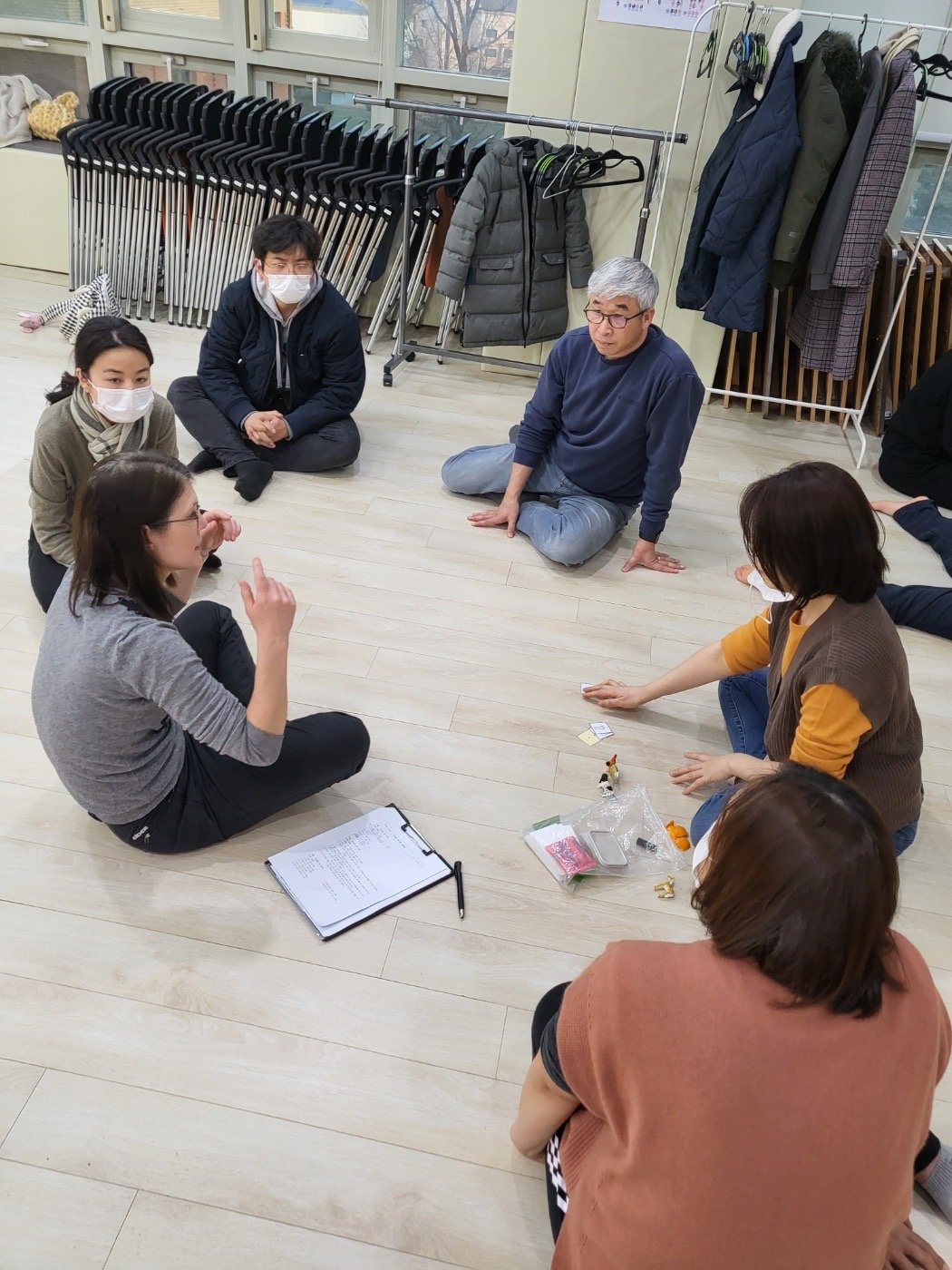“Journey Towards Joy” Extends to a 4th Cohort
IGNIS Community has extended training for Korean families who have children with developmental disabilities to a fourth cohort. Through this “Journey Towards Joy”, a cohort of 31 families are now learning how to implement neurodevelopmental exercises at home.
Trainings began with a lecture series on neurodevelopment, sensory processing, and nutrition. This weekend began the first group exercise session with the families. Three hours were spent with the families, helping them implement their children’s exercises, and answering any questions they might have.
Training Parents in the Sensory and Neurodevelopmental Exercises
Most of these families have children with moderate to severe disabilities, including autism spectrum disorder (ASD), Down Syndrome, cerebral palsy, and neurodevelopmental delay.
Among the families was one teenage boy with ASD. He had practiced the exercises before and was making some progress when he started to refuse more input. Since then, his progress started to regress.
Because of his condition, this young teenager is currently unable to speak or even make eye contact. Most of the time he walks around aimlessly, clapping his hands or hitting the wall. He never stops moving.
As he moved around the room, several people tried to interact with him. I could tell that despite his actions, he had progressed since the first time I saw him. He was actually acknowledging people. If I put my hand out, he would give me a high-five. But chasing him around the room caused him run away and disengage.
I didn’t want to force him to interact, but at the same time we needed to get him to engage with us. Eventually we got him to start crawling. Then I was able to wrap my body around him in a bear hug to give him a sense of safety and security. He hesitated at first as he was not accustomed to this kind of sensory input, but then he began to relax. As I embraced him, I gently rocked him back and forth. Together with his mother and others, we were able to do these exercises with him twice throughout the training session.
Implementing Neurodevelopmental Exercises with Children Who Have Developmental Disabilities
By the end of our designated exercise hour, everyone attending sat down in a circle for a time of debriefing. All of a sudden, this boy came to us on his own volition and calmly sat down next to us. It was the first time in three hours that he had sat still! Everyone in the room was focused on his transformation.
He allowed his mother to hug him as she generously poured out her love upon him. His face lit up in a huge smile as a giggle also slipped out from his lips. In the midst of this family’s struggles, mother and son had rediscovered joy.
This is what this “Journey Towards Joy” is all about. It is not an easy process. These kinds of exercises and sensory activities take a lot of effort, discipline, and consistency to be effective, but in the end, it is well worth it. Parents are reconnecting with their children. New worlds are opening up for each child. Together these families are journeying towards a more joyful future.

